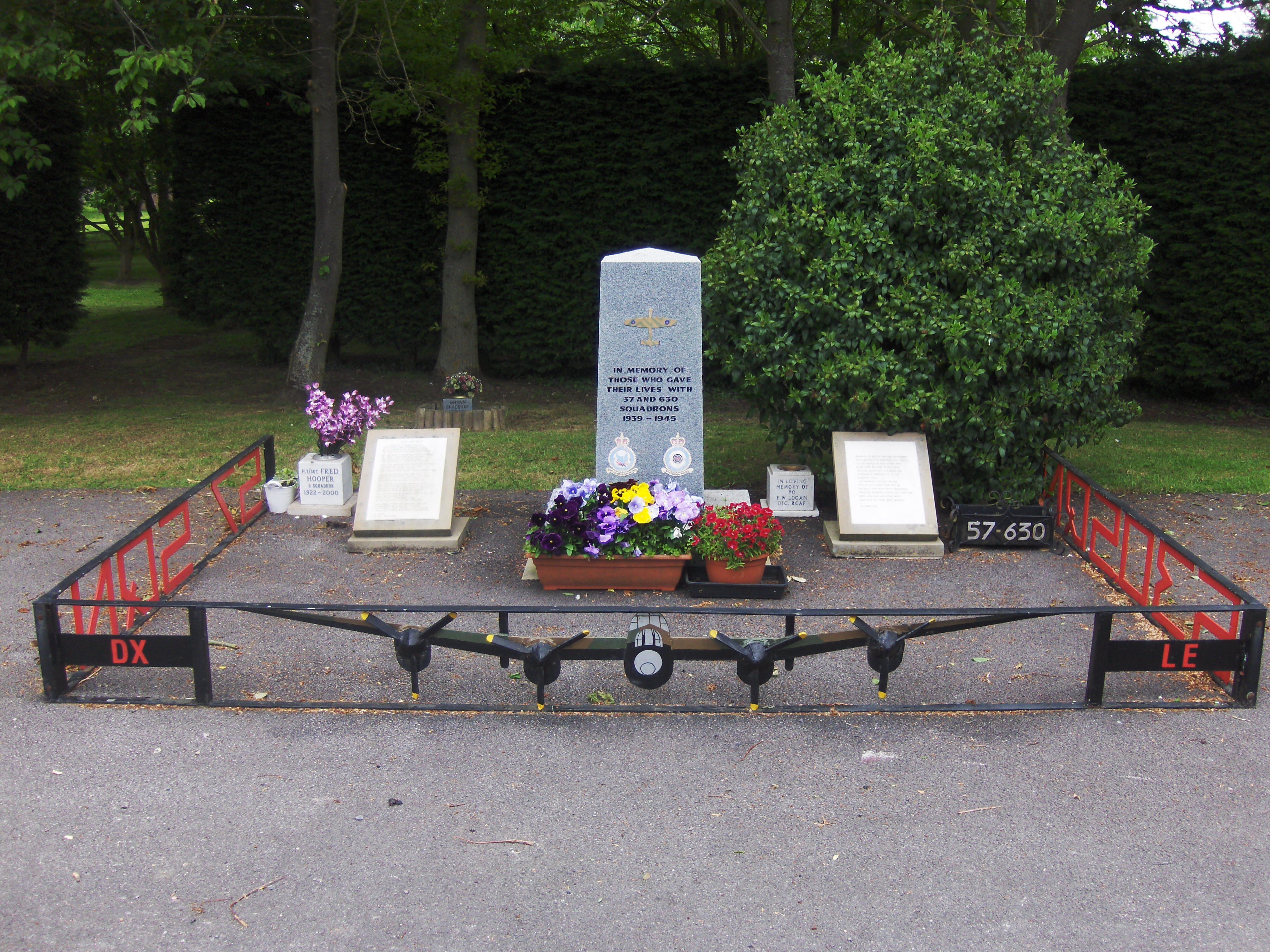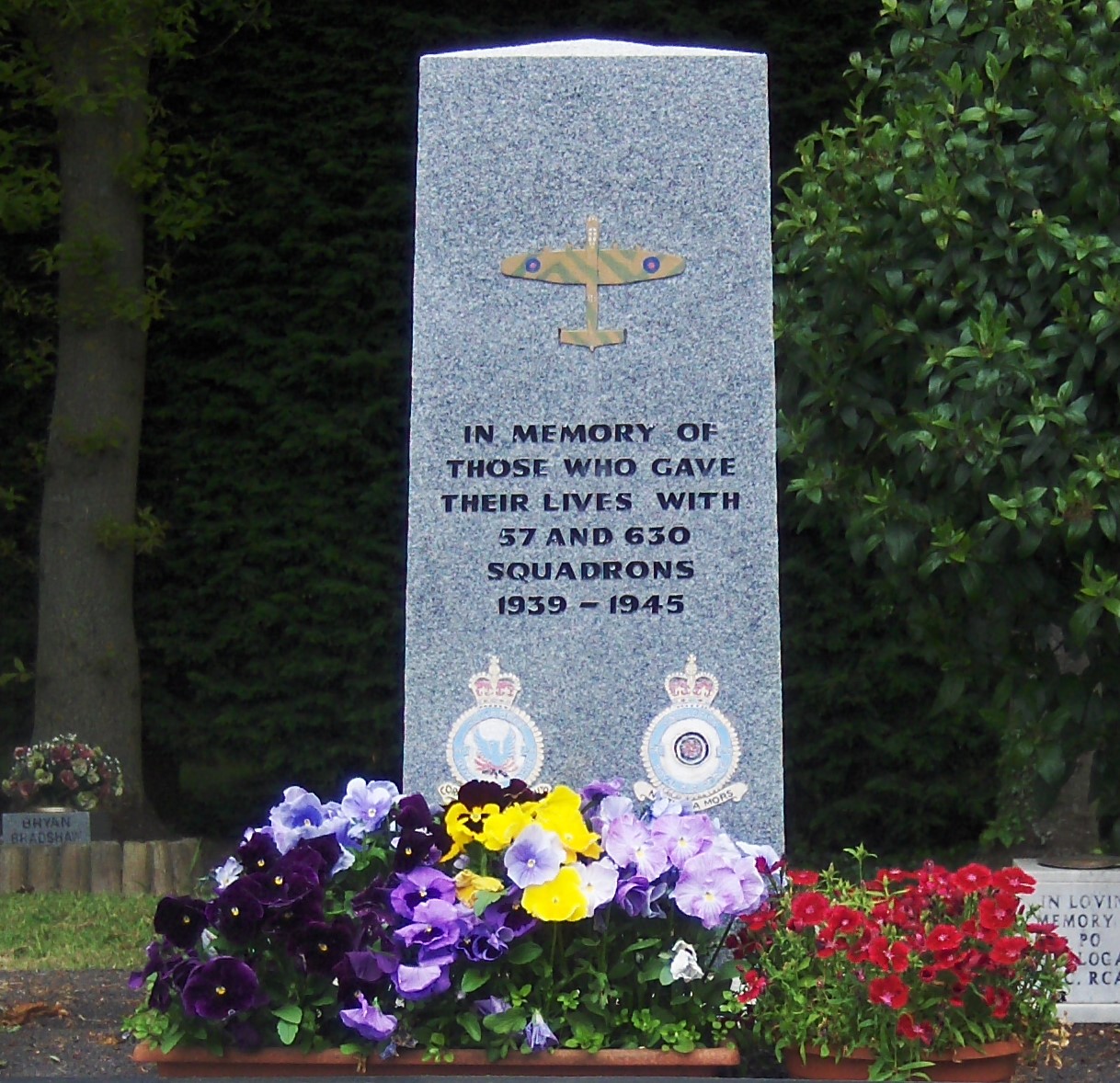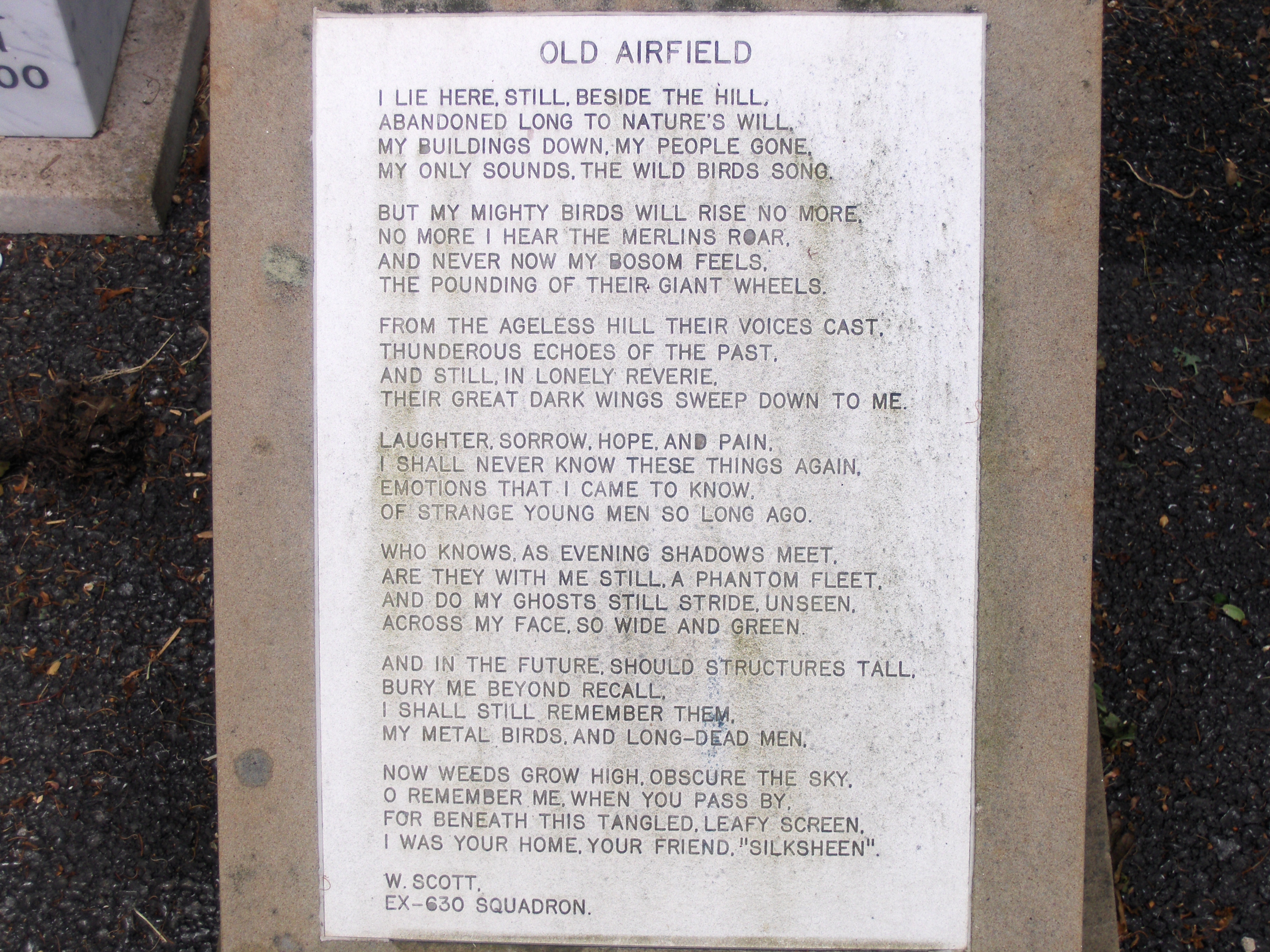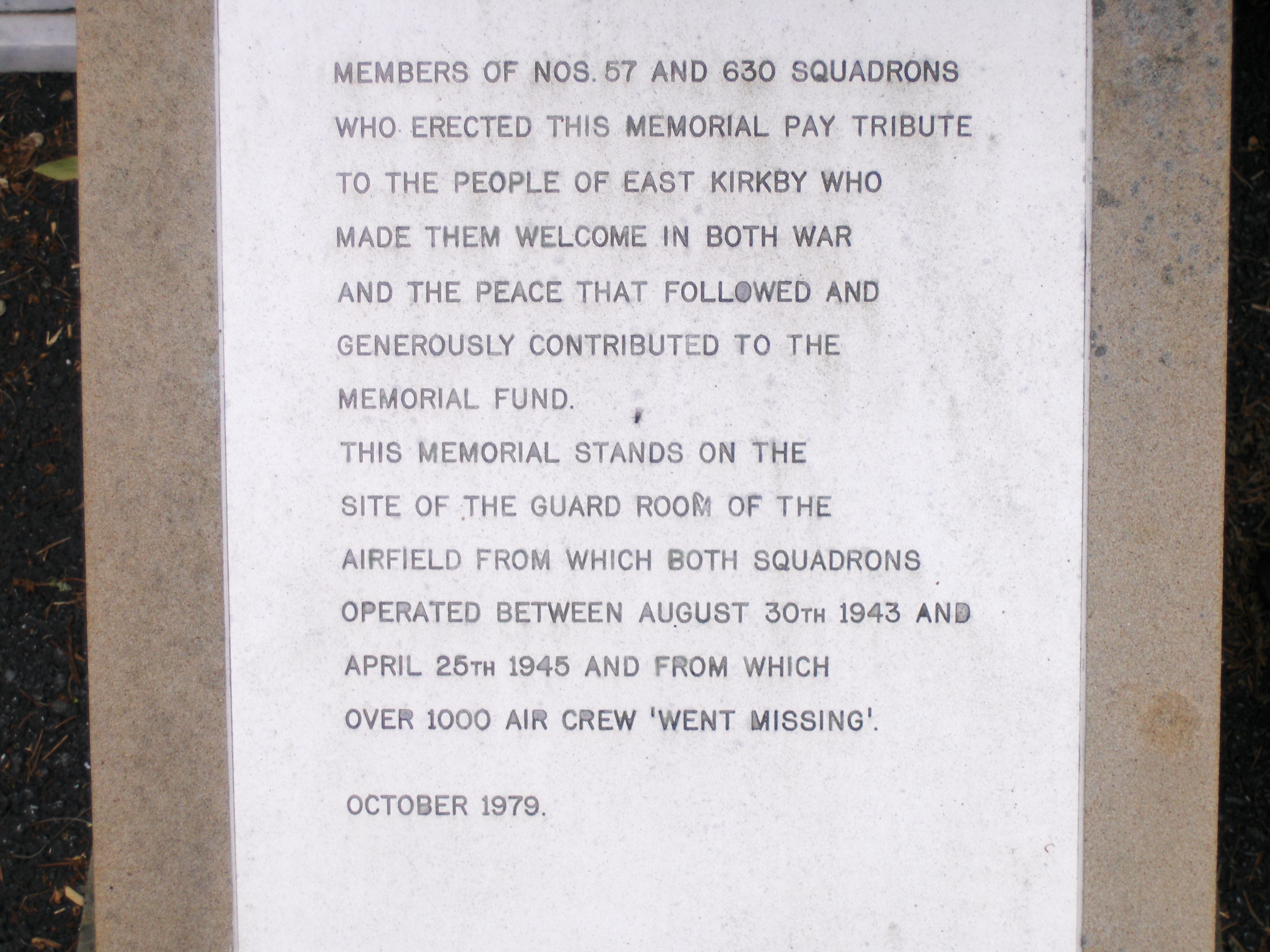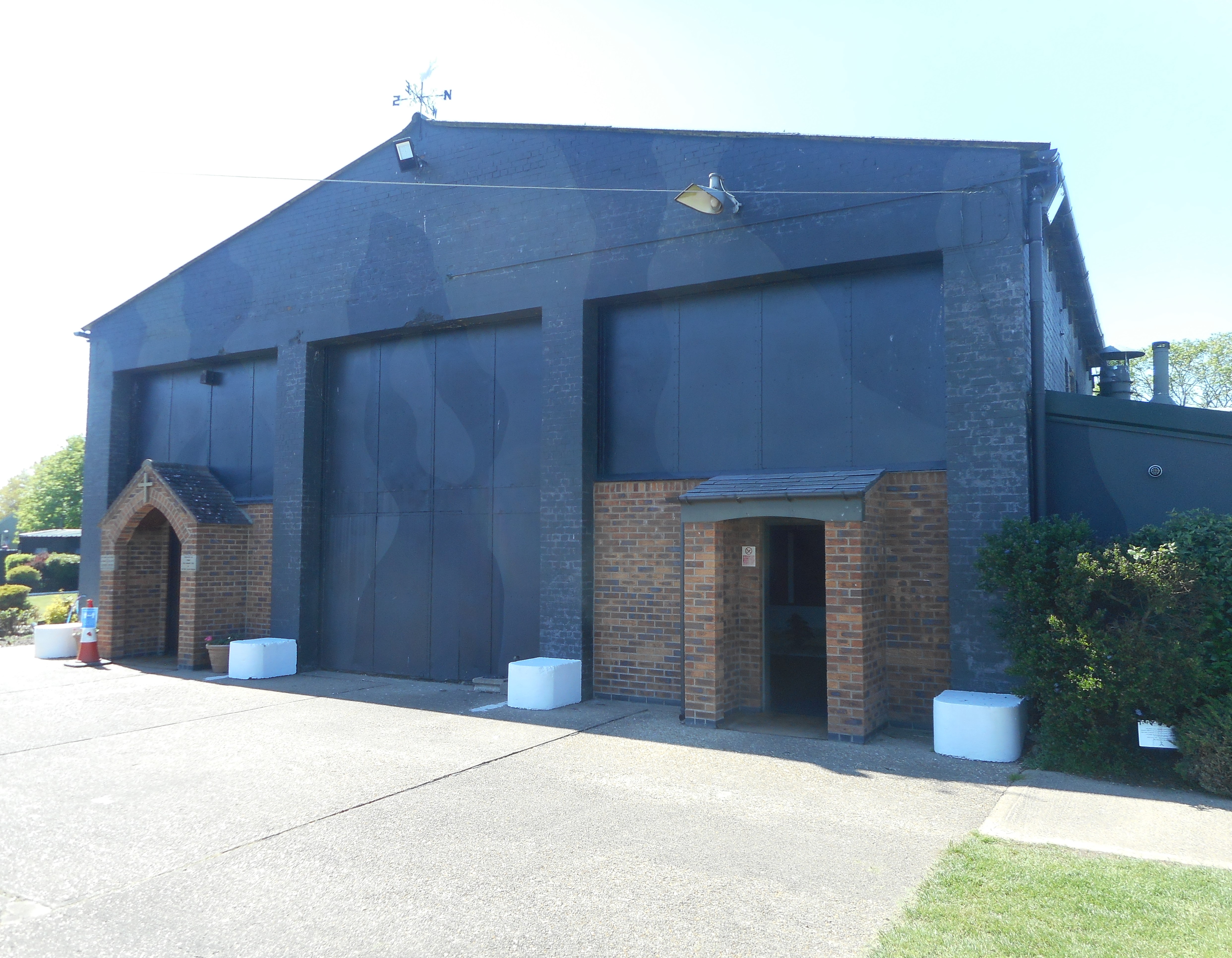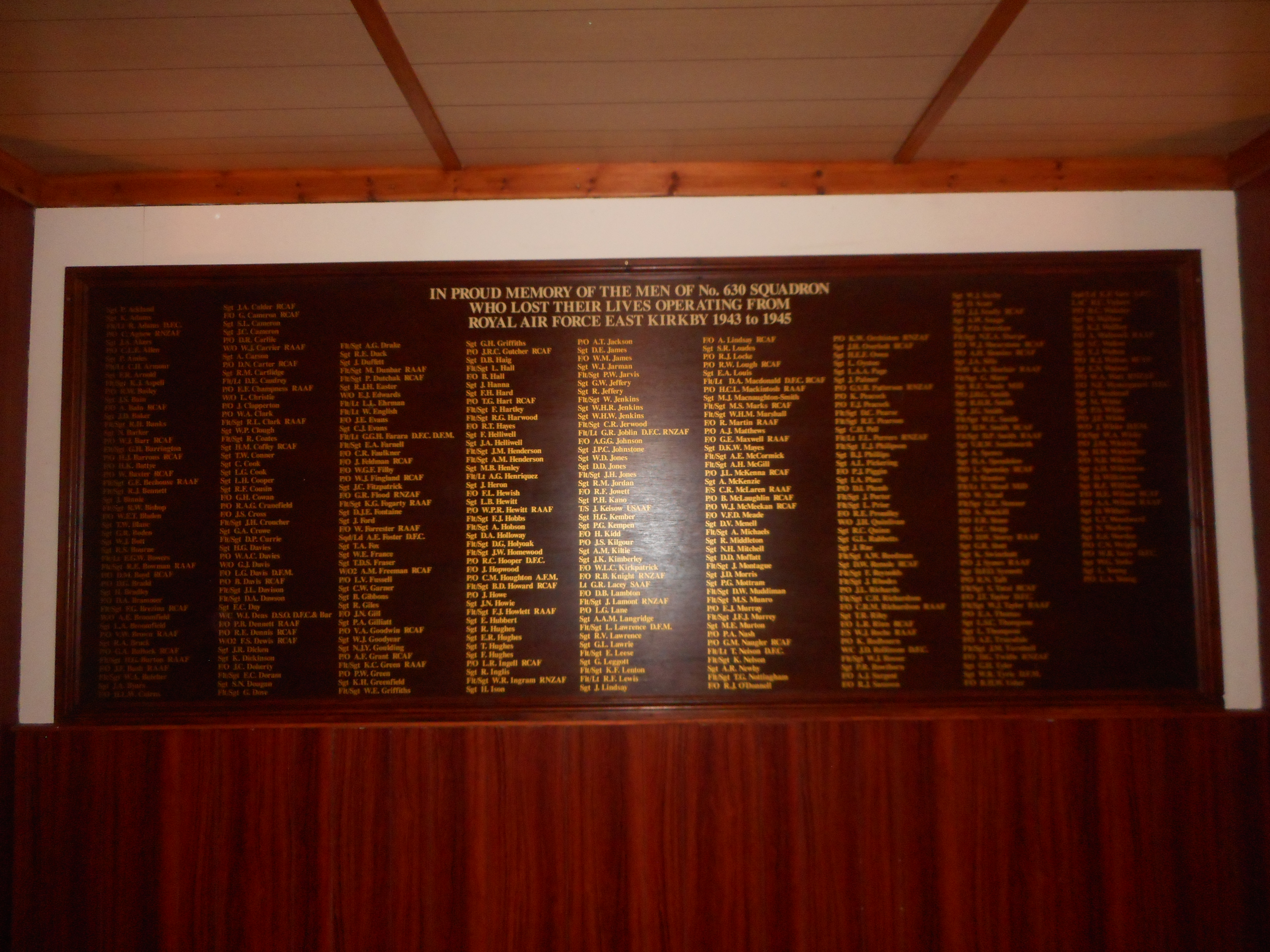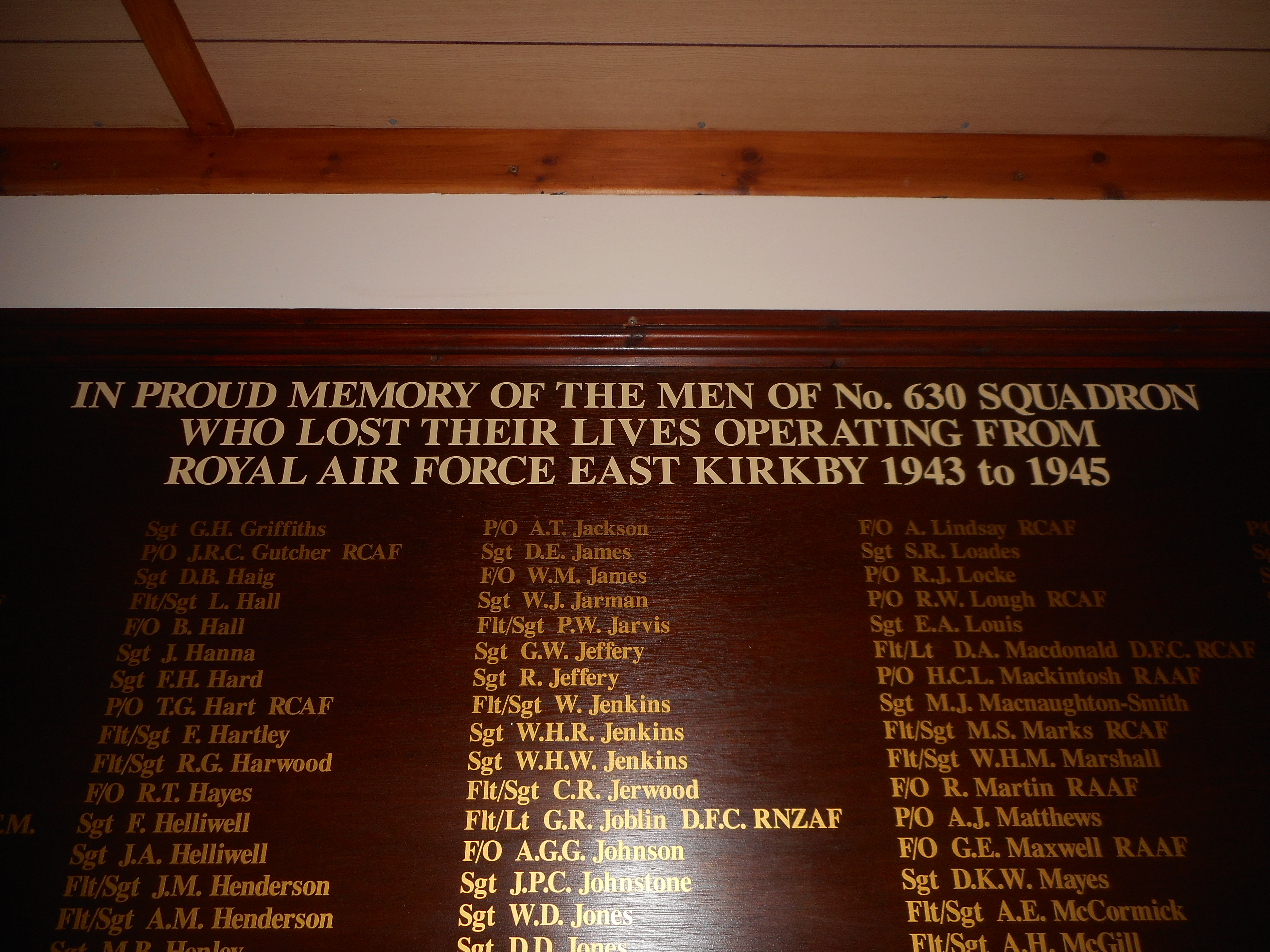| Account from Sgt Morgan, the rear gunner and sole survivor: "At briefing before the raid the crews were told that in the event it was not possible to bomb the target on the first attack we were not to go round again. In fact because of the delay in take off and the movement of the [weather] front over the target during that time made it virtually impossible to see the target. Because of the line of the 9/10ths cloud our bomb aimer could not have sight of the target on our first run. The skipper decided to go round again. I don't blame him- we were a 'press on regardless' bunch and it was on our second run that the collision, which at the time I thought was enemy flak, occurred. I reported this at debriefing on return from prison camp and I can't remember whether this was before or after I was told that I was the sole survivor and that my aircraft had not returned to base minus its tail turret. I have no idea how I managed to get out of the turret but I knew immediately that the turret had become detached from the aircraft having seen a Lancaster which had returned minus its tail turret. This mustn't have been the only one as I assumed that the turret had been blown off by anti-aircraft fire as even though I had 180 degree oversight of the situation, I never saw any other aircraft. My first recollection is of a terrific bang and a rushing of air and a clear certainty that the turret was off because of the way it was turning over and over. I was wearing a 'pilot type parachute because of a decision only a matter of months previously. The idea was that in an emergency the tail gunner could rotate to the beam, pull the wire behind his head to open both doors and then simply fall out backwards. In my case the doors didn't open immediately but did so when I used my axe. As I descended in my parachute I saw below the red fin and rudder of my aircraft with its black horizontal bar floating down. I was shot down on December 8th but was wounded, having a fracture of my left fibula close to the ankle joint. This had been caused by a piece of flak which I found embedded in the silk lining of my flying boot. (the fact of this piece of flak reinforced my view, at the time, that ack-ack fire was responsible for the whole affair). I could not walk and had to be carried through the forest by the German who took me prisoner. Thereafter I spent the first three days in a convent being cared for by the nuns and 'Hitler Jugend' training nurses. First diagnosis was of a severely sprained ankle as the flak had not entered the leg but had just broken the bone. I was soon joined by a number of American infantry wounded in the Ardens offensive of von Runsteadt. I was taken with some half dozen Americans to Stalag VI G at the small town of Siegburg, about 6 miles NE of the Rhine opposite Bonn. There I was seen by a French Doctor who didn't have the equipment or inclination to operate and I was provided with a pair of crutches but was soon able to walk with a stick. After a month I was transferred to Hoffnungthal-Stalag VII A" |
